“The Color Purple” Editor Jon Poll on Finding the Rhythm of This Moving Adaptation
Editor Jon Poll knows comedy structure forward and backward, having worked on such classics as Meet the Parents, The 40-Year-Old Virgin, and Austin Powers: The Spy Who Shagged Me. So, how did he wind up editing The Color Purple? The deeply dramatic musical, directed by Ghanian-born rapper-turned-Beyonce collaborator (Black is King) turned filmmaker Blitz Bazawule, features Fantasia Barrino, Taraji P. Henson, Colman Domingo, and Danielle Brooks as members of a resilient Georgia family bound and determined to persevere despite trauma, insecurity and generational dysfunction. The film presented Poll with an unprecedented level of engagement. “Working on this movie changed me, my relationship to trauma, to how I see the world,” Poll says. “To be frank, I never thought I’d be working on a movie that had the word God in it so many times or that I’d be crying at so many things.”
Poll, speaking from Los Angeles, talks about collaborating with Bazawule, absorbing studio notes, and understanding the transformative power of a good dinner scene.
As someone who’s specialized mainly in comedies, including last year’s Father of the Bride reboot, how do you see the differences between cutting for punchlines versus editing for dramatic effect?
To me, Meet the Parents or Meet the Fockers are basically dramas that have jokes in them. Honestly, for me, the only movies that sometimes leave me wanting more are dramas that don’t have any humor in them. With The Color Purple, Blitz and I weren’t chasing comedy, but we were also not running away from it.
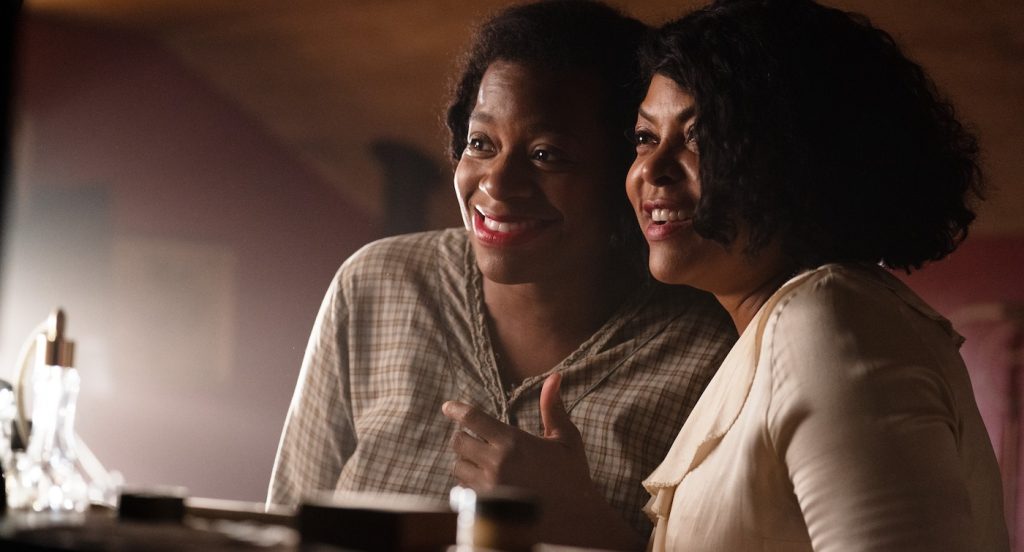
Comic relief comes through in the performance by Danielle Brooks as flamboyant Sofia. Unlike most of your earlier work, you also had to integrate song sequences with dialogue. How did you balance those elements in the edit?
I was proud of the way we transitioned between music and dialogue. e just tried to stay out of the way audience’s way. We did not play the score really loud. We were not pushing for emotion. If both felt that we get the emotion, we’ve earned it, but let’s just hang back and try to be subtle. Blitz’s goal was to make a movie that felt grounded, elegant, personal, and intimate.
How did you get on Blitz’s radar in the first place?
The producers wanted a partner for this guy who hasn’t made a studio movie. Luckily, [Warner Bros President of Production] Courteney Valenti at the studio was happy with Father of the Bride, and I knew [studio post-production executive] Paul LaMori, who I knew from working with him on [1999 comedy] Mystery, Alaska. They said why don’t you get on the phone with Blitz. So I did, and I tried to talk him out of it.
Really?
I said I’m not your guy. So he pitched to me. And I told him about how my favorite musical is Walk the Line, where they’re telling the story up on stage. I also loved Summer of Soul and Jimmy Cliff’s The Harder They Fall, because it took me to this world where the music was part of the fabric of the movie. There’s a relationship between those films and what became The Color Purple. Three days later, I had the job
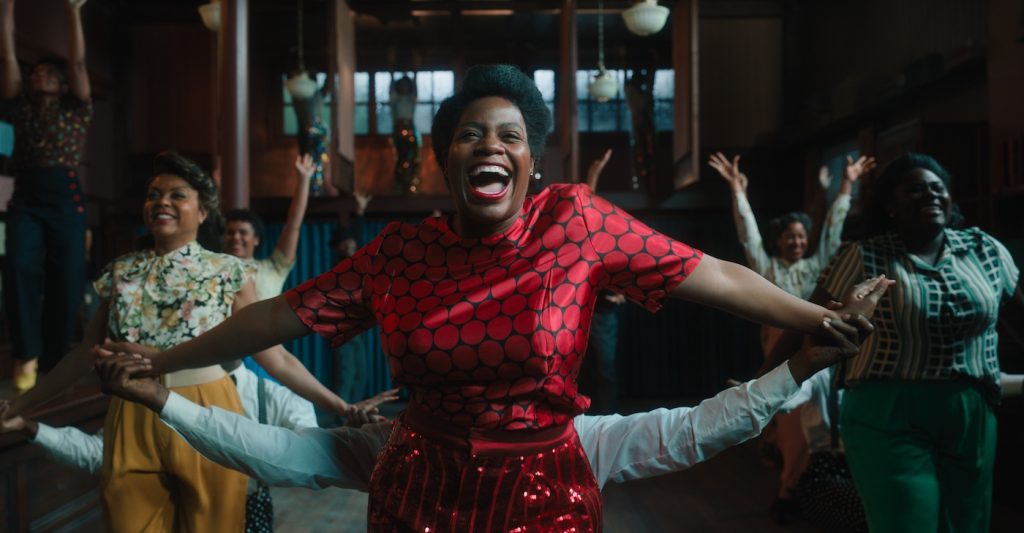
Once you started editing dailies, what was Blitz like to collaborate with?
His work ethic was astounding. If he had a night shoot, Blitz would then come into the cutting room in the morning. If he had a day call that ended at sunset, he’d come into the cutting room. There wasn’t a week that he didn’t come in at least once. And he was very specific when he gave me notes, but sometimes I’d surprise him, and he’d be like: “You cut out that oner? Come on, Jon, no.”
A “oner” being a single continuous shot?
Yeah. There are no cuts, and you stay in that one shot for a minute or two. In one scene, we see young Celie moving into Mister’s house. Blitz had a beautiful oner following Celie around cleaning, and I turned it into five jump cuts. He said, “You can’t do that.” Two or three weeks later, he said, “Remember that thing you showed me? Let’s live with it a little.” Months later, we’re watching that scene, and he’s laughing. “It’s funny that I told you to take out the jump cuts because clearly, they’re working.” For any collaborator, it’s wonderful when someone gives you the leeway to try things.
Did you stay in L.A., or were you editing on location in George during principal photography?
I was in Georgia for seven months. I told Blitz I’d post whatever [rough cuts] I had at the end of every week, and he said, “I don’t want to work that way. I want to come in so we can talk about it together, and then we’ll come up with a plan.”
What did you have in mind when you designed the overall edit?
The most important thing was to get the director’s cut ready as soon as possible so we could screen it for an audience and address any issues before showing anything to the studio.
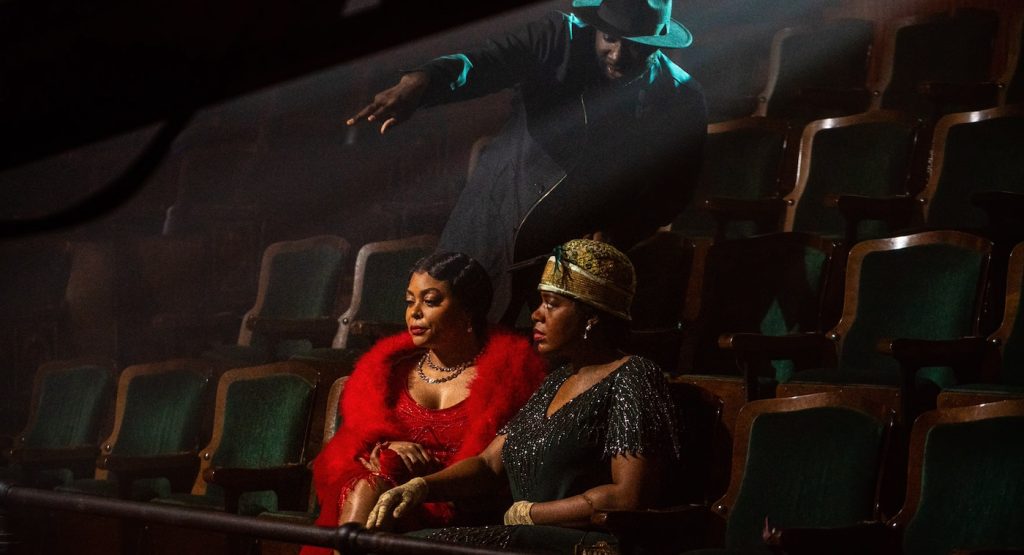
And then came the notes from the producers and studio executives.
We never got a note that we didn’t try and believe me, there were lots of notes. “What if you took out this song?” But every time we tried to take out a song, we’d screen it, and everybody would agree: “Nah, not as good.”
Can you give an example?
“The Working Song.” We put that song back in because even though Harpo [Corey Hawkins] is not the focus, we still need to know where he’s coming from.
The Color Purple‘s dinner scene feels like a real turning point, gathering all the main characters around one table. What do you enjoy about cutting a sequence where everybody’s confined to a single room and forced to deal with each other?
I love dinner table scenes. Meet the Parents, Meet the Fokkers, and Father of the Bride all had family scenes. It’s fascinating to me because the whole family’s stuck there, and you get to get all the little reactions.
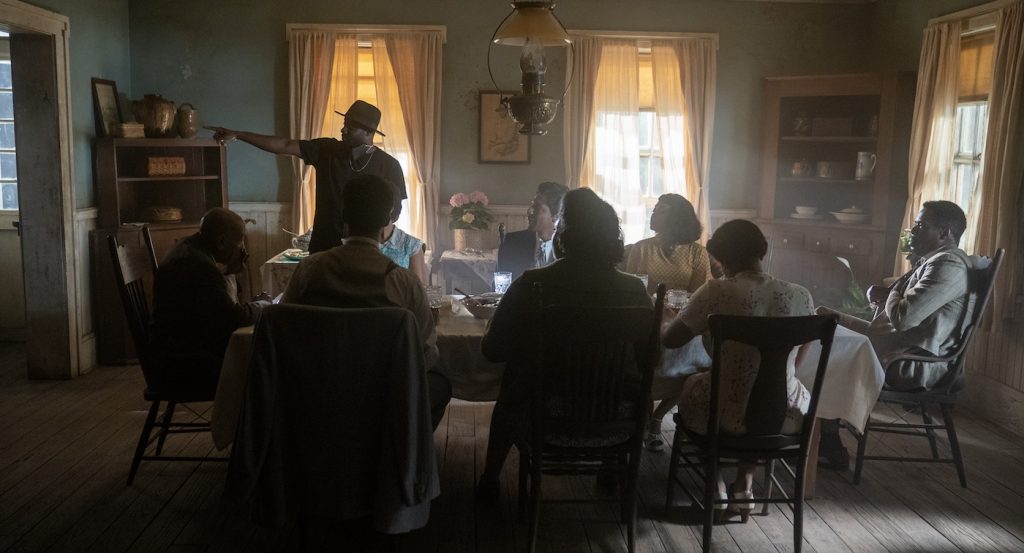
With The Color Purple, those tension and release dynamics play out in such an interesting way.
That was a big challenge for me because all eight characters have to be kept alive the whole time. I worked on that dinner more than any other scene to the point where it almost got funny: “I want to do another pass. I need to get Squeak out the door. We see Harpo get laughs with just a shrug. These are tiny, minor things, but we ended up with a scene where you knew what was going on with every single character.
Celie’s journey is rooted in trauma, and she suffers shocking abuse in the first half hour. How did you handle the violence?
The first part of the movie is pretty tough. Horrible things are being done yet we can’t shy away from it. You don’t want to turn the audience off, but you have to deliver the violence and show what it is. I personally still jump when Mister slaps Celie, and she falls to the ground after he discovers that she’s been reading Nettie’s letter.
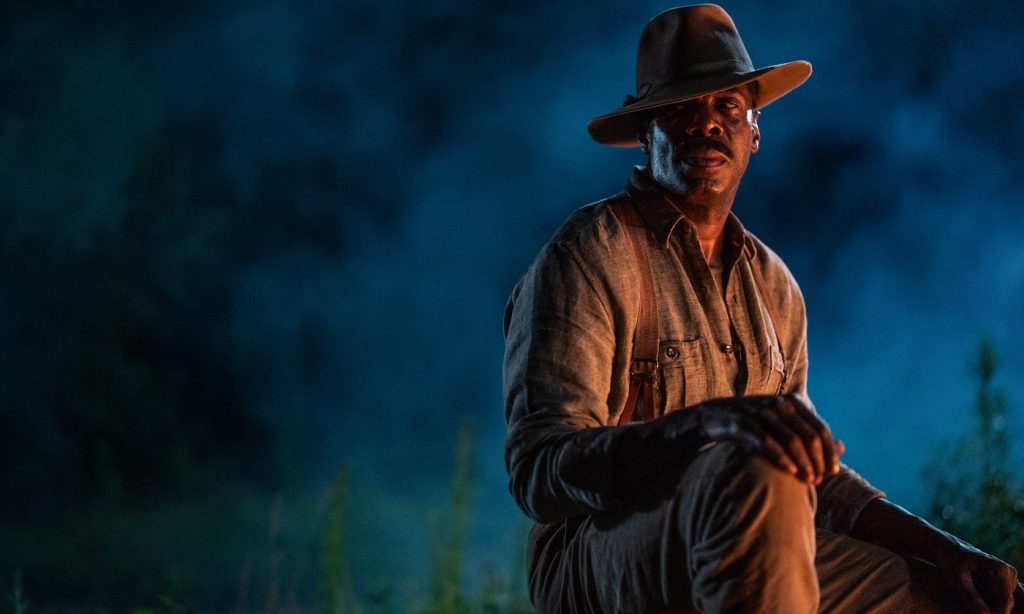
You relocated to Georgia, immersed yourself in these performances, and edited an intense saga that has proven itself over the decades in several iterations. After investing all this time and energy in The Color Purple, how did you feel when you came out on the other end of production?
I just have a lot of gratitude to the people who let this guy who cuts comedies come in and work on something so meaningful and heartfelt. Oprah Winfrey said this story is about underdogs, and I think everybody understands what it means to be the underdog.
The Color Purple is in theaters now.
For more on The Color Purple, check out these stories:
“The Color Purple” Costume Designer Francine Jamison-Tanchuck’s Stunning Creations
How “The Color Purple” DP Dan Laustsen Made Visual Music
Featured image: (L-r) FANTASIA BARRINO as Celie and TARAJI P. HENSON as Shug Avery in Warner Bros. Pictures’ bold new take on a classic, “THE COLOR PURPLE,” a Warner Bros. Pictures release. Photo by Ser Baffo



